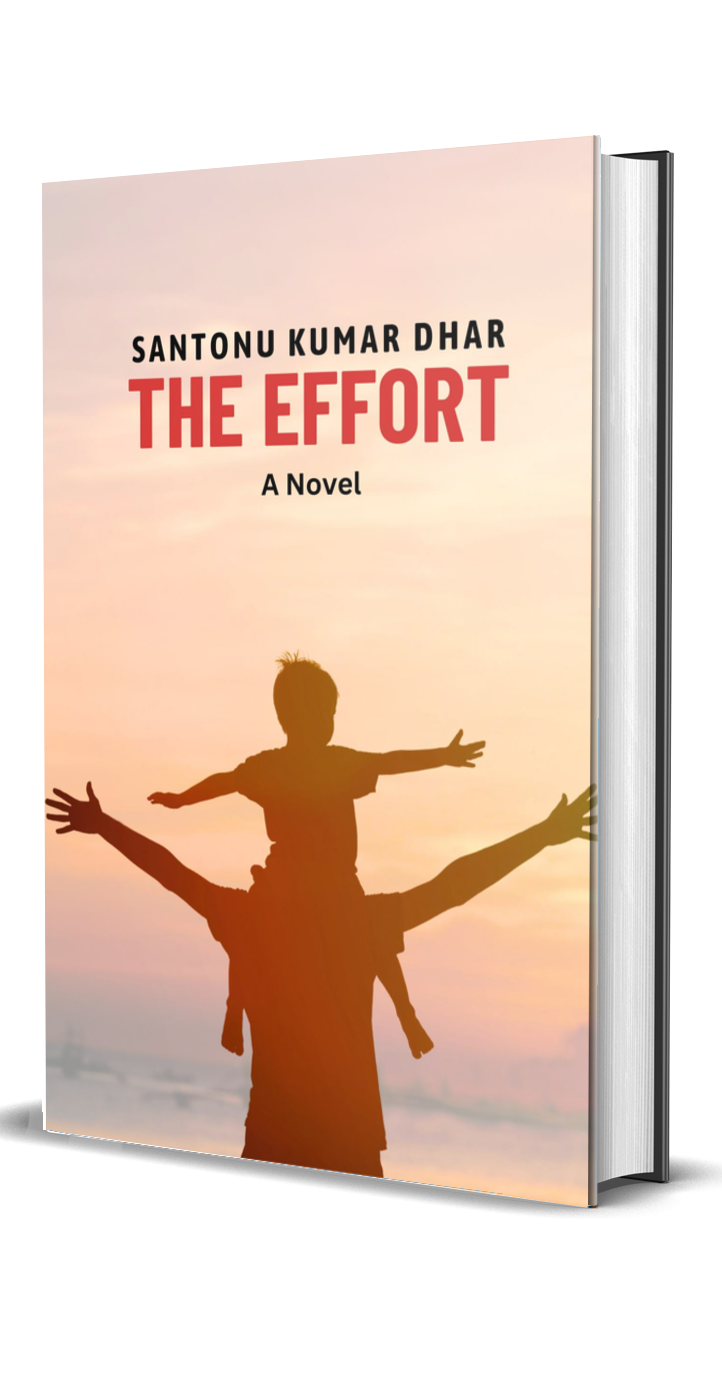Prachesta is a platform dedicated to empowering authors and promoting their works
What Is Management Define? Functions, Concepts and Types
7 Mins Read37 Views
To put it simply, management is essential to the flourishing of any enterprise. It includes many different kinds of things…
Lifestyle
What is Brahma muhurta timing? Why is it important to wake up at this time?
7 Mins Read26 Views
In Hinduism, the Vedic texts emphasize the importance of awakening during the Brahma moment. This…
Entertainment
Book Review: The Ocean at the End of the Lane by Neil Gaiman
3 Mins Read14 Views
“The Ocean at the End of the Lane” is a captivating novel written by Neil…
Business
Credit Card Abuse Laws In Texas: Here’s What You Need To Know
8 Mins Read9 Views
Credit card abuse is considered a serious crime in the state of Texas. This offense…
Technology
Rank, Convert, Succeed: SaaS SEO Essentials for Businesses
6 Mins Read20 Views
Are you trying to improve a SaaS website’s online presence? Then, understanding SaaS SEO is…
Health
5 Easy Ways to Lower Blood Sugar Levels Naturally
6 Mins Read102 Views
High blood sugar, also known as hyperglycemia, can increase the risk of serious health complications…
Select By Topic
- Best Picks (53)
- Business (164)
- Accounting (5)
- Business Analysis (12)
- Business Strategy (13)
- Communication (5)
- E-commerce (1)
- Entrepreneurship (1)
- Finance (1)
- HR (7)
- Leadership (21)
- Management (40)
- Marketing (7)
- Operations (1)
- Organisational culture (1)
- Sales (5)
- Startup (1)
- Education (4)
- Entertainment (459)
- Book Reviews (458)
- Food (15)
- Health and Fitness (25)
- Interviews (67)
- Lifestyle (55)
- Home & Interior (1)
- Self-care (29)
- Spirituality (11)
- Others (17)
- Technology (19)
- Antivirus (2)
- Cybersecurity (1)
- How To (1)
- SEO (7)
- Social Media (2)
- Websites (1)
Featured Books:

Life Of Love by Santonu Kumar Dhar
Life of Love is a fresh new romance novel that will take you along on John and Sarah's journey..

The Effort by Santonu Kumar Dhar
Witness the extraordinary journey of Apu, as he faces the daunting task of caring for his ailing father after losing his mother.
LATEST
6 Mins Read102 Views
6 Mins Read6 Views
7 Mins Read25 Views
7 Mins Read0 Views
7 Mins Read7 Views
10 Ways To Starting a Conversation
9 Mins Read20 Views
Starting a conversation with someone you don’t know can be challenging, especially if you feel anxious in social situations. But don’t worry, being sincere…
Lose Weight Without Fad Diets
6 Mins Read8 Views
Although losing weight can be a challenging process, it is not necessary to resort to drastic measures. Instead, it is advisable to adopt a…
How To Improve SEO Rankings in 2023
9 Mins Read0 Views
To improve SEO rankings in 2023, there are several key techniques to focus on. First, focus on building content with high-quality, relevant, and up-to-date…
How can you effectively launch social media marketing?
5 Mins Read0 Views
Why Is Social Media Marketing Important For Brands? Social media marketing is important for brands because it allows them to connect with their target…
How can one learn from failure?
2 Mins Read0 Views
Failure is often seen as something negative, but it’s actually an opportunity to learn and grow. In fact, many successful people attribute their success…

